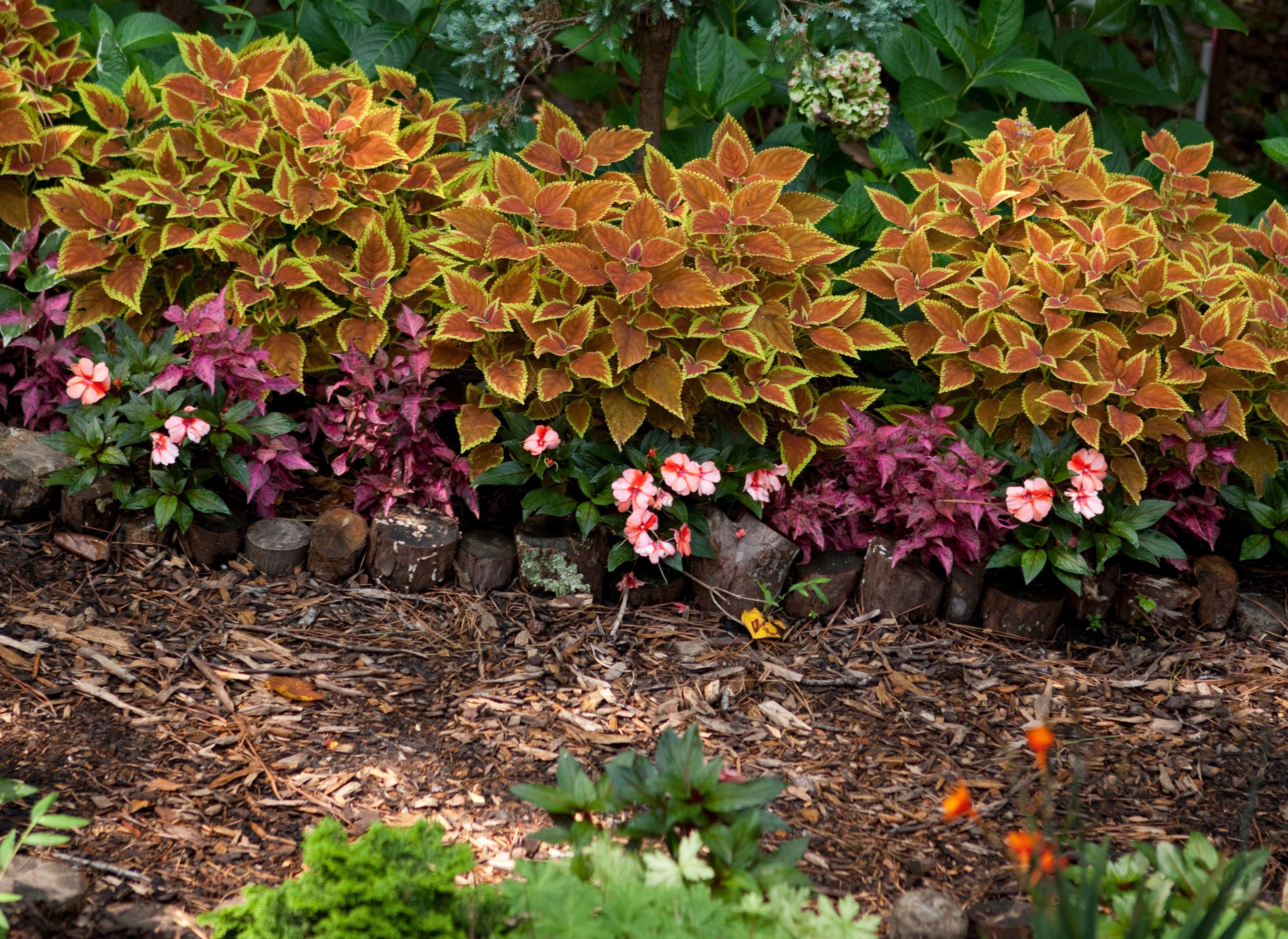Though mulch can be applied at different times of the year, mulching your garden in autumn has major perks. However, timing it right with freezing conditions is key to getting the most benefits, according to gardening experts. Here's exactly when to mulch your garden in fall, along with mulching tips for healthier soil and plants.
- David Greenham is the executive director at the Viles Arboretum in Augusta, Maine.
- Sharon Yiesla is the plant knowledge specialist in the Plant Clinic at the Morton Arboretum in Lisle, Illinois.
Most gardeners apply mulch either in the spring or autumn, when the weather is cool. While applying mulch in spring freshens up the look of your flower and veggie beds, mulching in autumn provides particular benefits to plants that make it well worth your time.
- Extra insulation. Adding a fresh layer of mulch just before cold weather insulates plant roots, protecting them from temperature extremes. It also prevents frost heaving, which can damage root systems or push roots towards the top of the soil line, where they are more exposed to drying winter winds.
- Water retention. Mulch helps conserve soil moisture so plants don’t need as much water. This is particularly important in winter when dry air and soil make plants more vulnerable to frost damage.
- Fewer weeds. Having mulch in place before the spring growing season starts gives you a leg up on spring weeding. It also suppresses winter annuals—weeds that grow in winter, even during cold weather and mild freezes.
- Soil improvement. Ensuring soil is covered with a thick layer of mulch before winter helps to reduce erosion and drying winds that deplete soil nutrients by removing the fertile topsoil. It also gives natural mulches more time to become incorporated into the soil and start releasing nutrients that feed your plants.
- Less to do in spring. Spring is often the busiest time of the year for gardeners, with the cleanup of winter-damaged plants and getting seeds and plants in the ground at the right planting time. If you've already applied mulch in autumn, that’s one less thing on your spring to-do list.
Related
When to Apply Mulch in the Fall
Applying mulch at the right time in autumn is key if you want to see the most benefits in your garden. Mulch too late, and your plants could suffer from cold damage. If you mulch too early, you may invite in pests or prevent plants from entering their natural state of dormancy.
“Ideally, we like to apply mulch in late autumn as the soil is cooling off but still has some warmth in it,” says Sharon Yiesla of the Morton Arboretum. “Once we start having frost on a regular basis, you can assume that the soil temperatures are cooling, but the soil is not yet frozen. This is a good time to mulch.”
David Greenham of the Viles Arboretum agrees. “The best time to apply mulch in the fall is right after the first frost, but before the ground completely freezes.”
That said, if you didn't get around to applying mulch after the first fall frost, don't fret. Although you can mulch at other times of the year, early to mid-fall is best in most locations.
Fall Mulching Tips to Remember
Mulching after the first fall frost traps heat in the soil so it doesn't freeze solid, and it ensures plant roots stay protected from extremely cold weather. If you want to make your plants even happier, here are a few more fall mulching tips to try.
- Use natural mulches. Pebbles, gravel, and upcycled rubber mulches have their place, but there are major benefits to using organic mulches like wood and bark mulch, chopped autumn leaves, weed-free straw, and grass clippings. Not only are these mulches eco-friendly and usually more affordable and easy to find, but they also have excellent insulating properties and help to feed the soil and your plants over time.
- Apply mulch in thick layers. Thin layers of mulch don’t provide as mulch insulation as thick layers do. Using a 2- to 4-inch layer of mulch works well in most areas; however, gardeners in warm locations will typically need to use less mulch than those in cooler climates.
- Keep mulch away from plant stems. Applying mulch directly against plant stems and tree trunks increases the risk of pest damage and rot. To avoid this, make sure to leave at least 1 to 2 inches of space between the mulch line and your plants.
- Combine mulch with slow-release fertilizers and soil amendments. If you want to feed your soil in fall with slow-release fertilizers or compost, apply these amendments directly to your soil and then add your fall mulch on top.
- Install tree guards. Newly planted fruit and ornamental trees are often damaged by animals in winter. Adding tree guards around the base of young trees when you mulch prevents wildlife from stripping bark off your trees and ruining new plantings.



